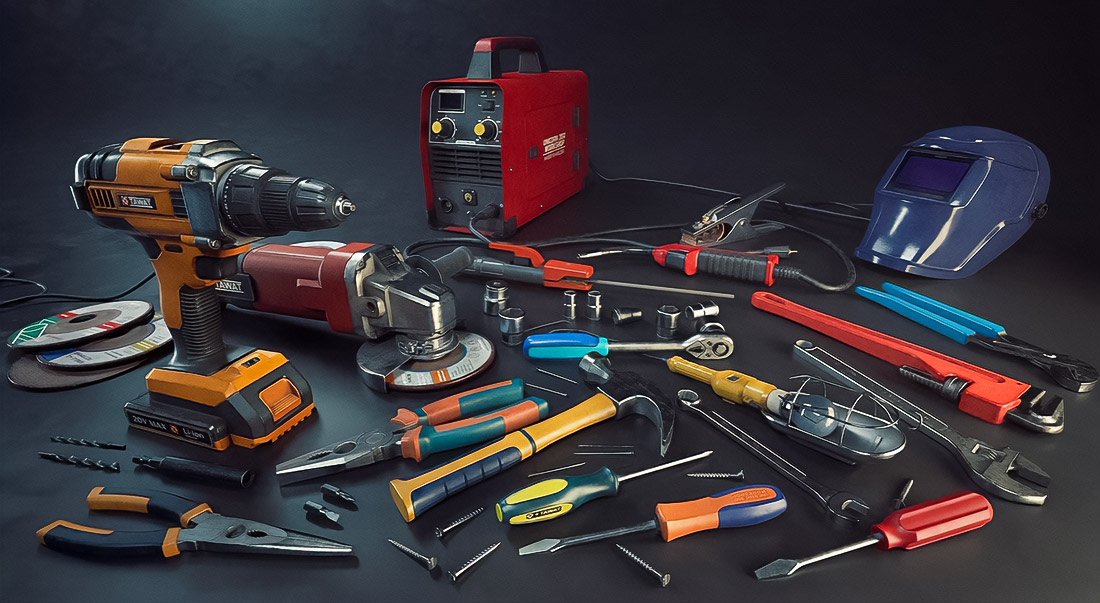ATEX — this is the most important directive of the European Union, which dictates requirements for equipment and protective systems designed for work in conditions of potential explosiveness. These conditions can appear due to the presence of combustible gases, vapors, mists, or dust. Certification ATEX confirms conformity with equipment’s strict standards of safety, allowing its safe application in such environments. If you seek reliable solutions for such conditions, pay attention to pneumatic tools.
ATEX: Navigation in labyrinths safety
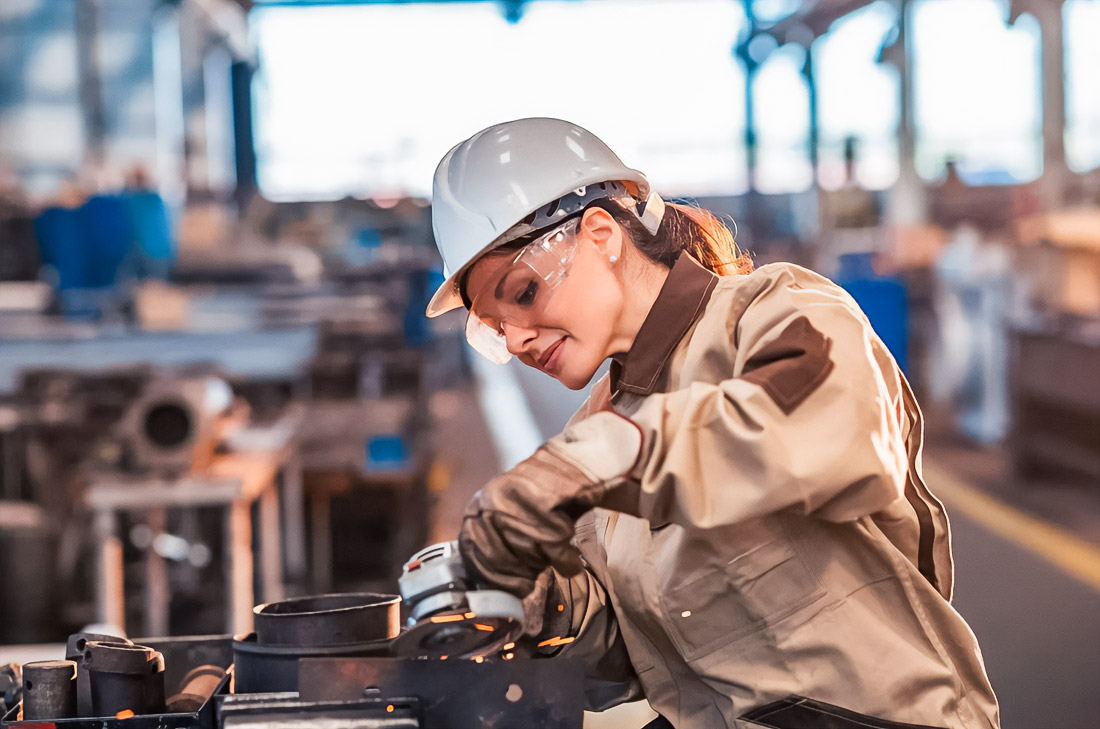
In some industries, similar to oil and gas and chemical industry, parts equipment, igniting sparks or heating can lead to serious consequences. Mitigation of these risks is achieved by compliance standards ATEX. In recent years, the number of companies switching to ATEX-certified devices has grown by 30%, which has significantly reduced the number of industrial accidents.
Significance ATEX-certification
Air pumps, also called pneumatic diaphragm pumps, work with the use of energy-compressed air for moving liquids. The central part of their construction is pair diaphragms, creating vacuum and pressure that allow liquids to move through the system.
Air pumps: Mechanisms without sparks
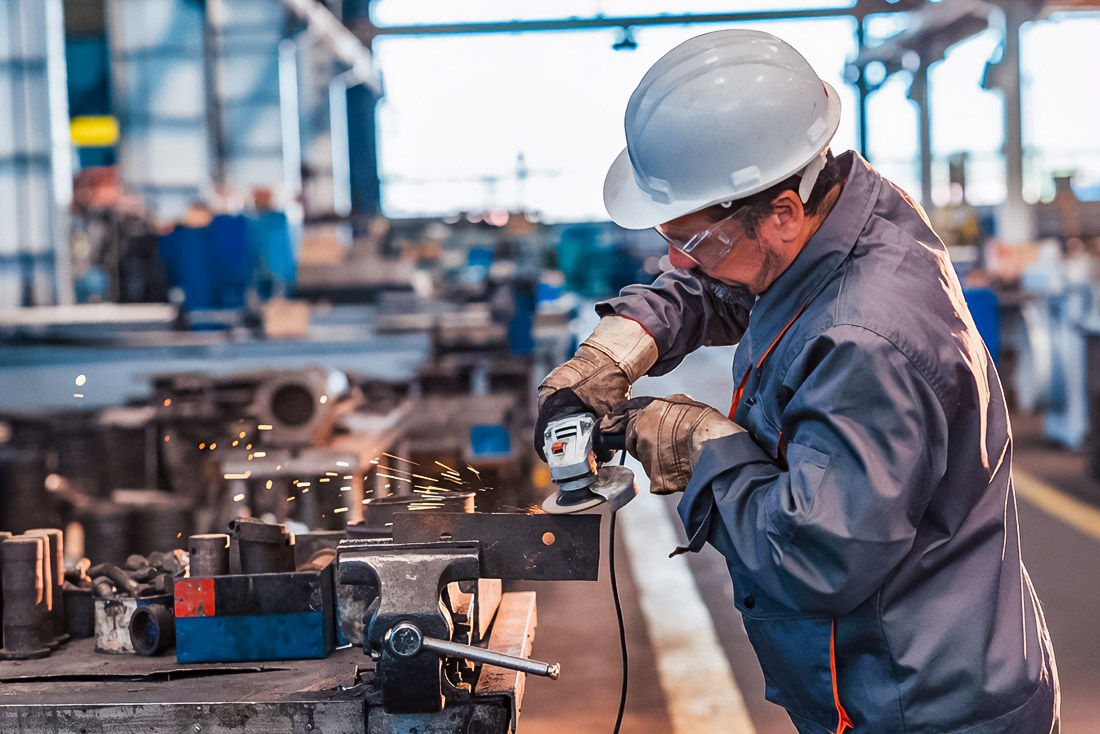
In the absence of electrical components, air pumps are ideally suitable for conditions with high-risk explosions. According to statistics, using these pumps reduces the risk of industrial accidents by 40% in zones of potential danger. More about this can be found in the article about pneumatic devices.
Exceptional possibilities constructions
Air pumps exclude the risk of sparking thanks to the absence of electrical components, which makes them extremely reliable in dangerous zones. Simplicity constructions with a minimal quantity of moving parts reduce risk breakdowns and extend term service equipment.
Advantages air pumps in ATEX-zones
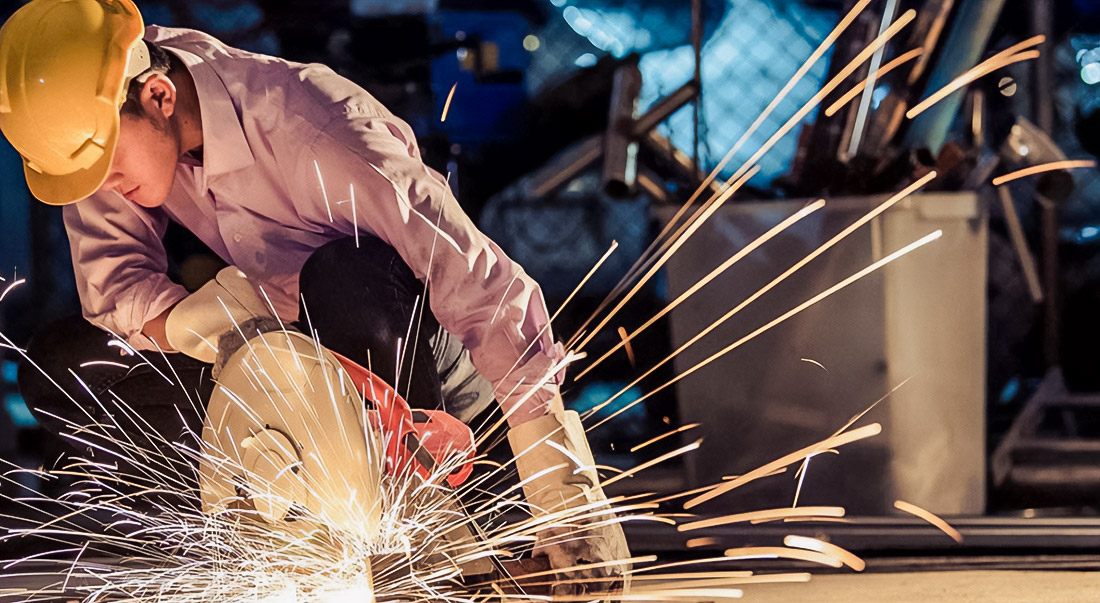
- Safety: Air pumps exclude the risk of sparking thanks to the absence of electrical components, which makes them extremely reliable in dangerous zones.
- High reliability: Simplicity constructions with minimal quantity moving parts reduce risk breakdowns and extend term service equipment.
- Energy efficiency: Dependence from compressed air makes them more economical compared with electrical pumps, especially in conditions of frequent starts and shutdowns.
- Versatility use: These pumps easily pump liquids, including chemically aggressive substances and liquids with high viscosity, which makes them applicable in wide-spectrum industries.
Successful cases from industry
In recent years, many companies achieved significant successes, switching to the use of air pumps with ATEX certification. For example, oil companies reduced downtimes by 25%, applying pneumatic pumps for transferring oil, minimizing accidents and access thanks to resistance to aggressive environments. Details about the use of such technologies in various industries can be found in study about innovations in industrial processes.
Key cases application air pumps
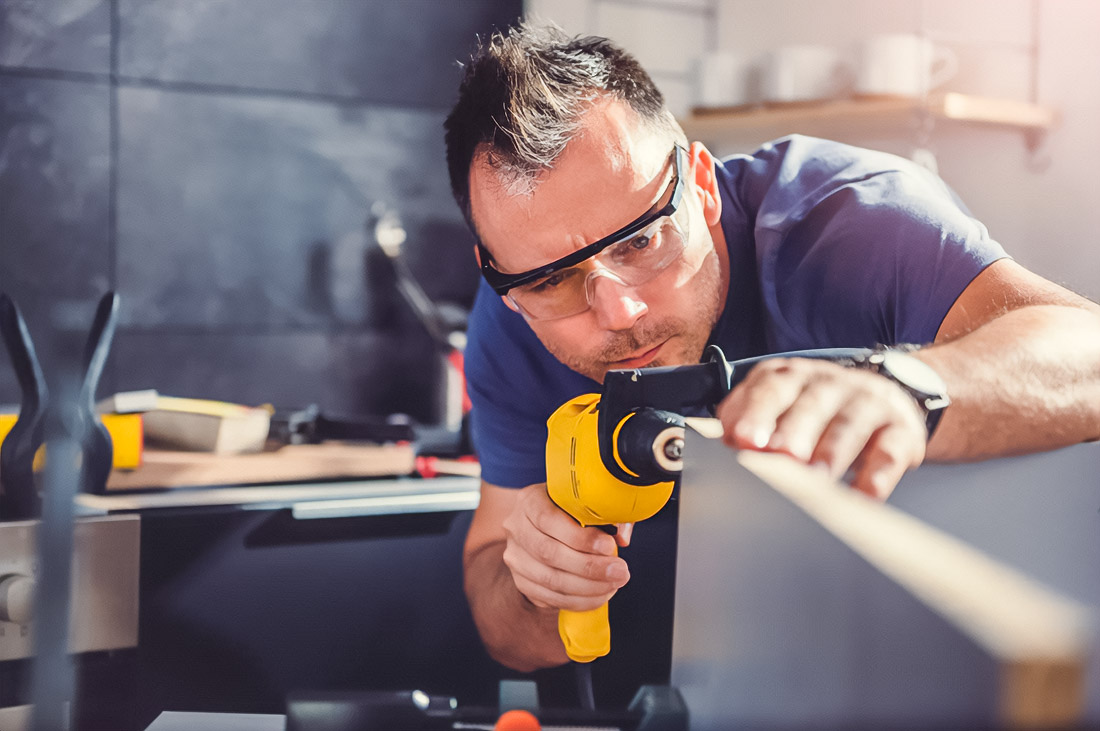
- Oil and gas industry: Operation in extreme conditions requires high resistance to aggressive agents and minimal risk sparking.
- Chemical production: Work in an aggressive environment excludes the possibility of corrosion and breakdown equipment; therefore, the use of high-strength materials is standard.
- Pharmaceutical industry: Ensuring sterility requires application equipment that prevents contamination, preserving a high degree of reliability.
- Food industry: Air pumps meet strict requirements for cleanliness and prevent risk contamination of food products.
How to choose pumping equipment, which changes the rules game
Selection of correct pumping equipment significantly way affects the safety and efficiency of production processes in ATEX zones. Air pumps unique architecture and principles work to ensure the highest degree of safety and reliability, reducing risks of accidents and minimizing downtimes. They invariably enhance efficient production processes, facilitating the creation of a stable and safe working environment that makes them integral parts of modern industrial landscapes.

Hiking addict, mother of 2, hiphop head, Vignelli fan and front-end designer. Making at the intersection of art and intellectual purity to create not just a logo, but a feeling. Let’s design a world that’s thoughtful, considered and aesthetically pleasing.
